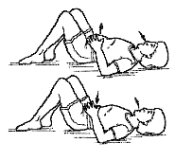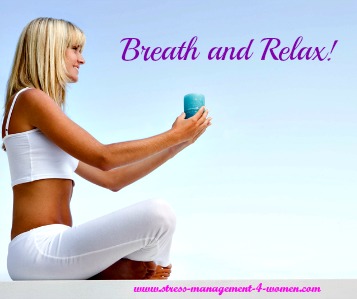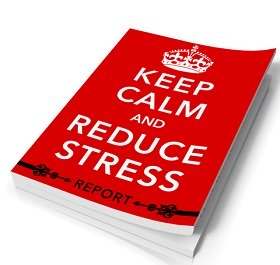Breathing and Relaxation Techniques
How can breathing and relaxation techniques contribute to a calmer and more productive you? When you reduce the tensions and stressors in your life, you are calm and capable of concentrating more on tasks you have to complete. You are more relaxed and able to enjoy the world around you.
Try adding deep breathing to help you relax, regain focus and stay energized. Deep breathing is an effective way to lower stress in the body. You may notice that when you are stressed, you experience increased heart rate, fast shallow breathing, and possibly high blood pressure, the opposite of relaxed deep breathing.
Slow deep breathing encourages a body response that actually calms you down. Under stress, you naturally begin rapid shallow breathing. This type of breathing that only uses the upper part of the lungs results in there being less oxygen and nutrients transferred to the blood and more carbon dioxide remaining in our lungs. This extra carbon dioxide sends a signal to our body and encourages an adrenalin reaction that increases anxiety. So, deep breathing and relaxation techniques can be a wonderful strategy to help us relax again and re-invigorate the body with enough oxygen.
Diaphragmatic Breathing Technique

- You can perform this exercise by lying down on a flat surface. Lie on your back with your feet flat on the floor and your knees bent. You can practice this same exercise by sitting in a chair when you become familiar with the deep breathing process.
- Take one hand and place it on your chest and take the other hand and place it on your stomach. Take a deep breath and try to fill your lower part of your lungs. You will notice that the hand resting on your stomach should rise higher than the hand resting on your chest. This is a clear sign that your diaphragm muscle is pulling air into the lower part of the lungs.
- To inhale, you should take a deep breath through your nose slowly, filling your even the lower part of your lungs. Do this slowly counting to 5.
- To exhale, let the air escape through your mouth for a count of 7. As you release the air, contract your diaphragm upwards to allow all as much air as possible to leave the lungs.
- Repeat this breathing exercise so that you complete 5 inhale and exhale deep breathing processes.
Try Relaxing Aromatherapy Stress Remedies
Join Calm Starts Here, and receive FREE How to Get a Good Night's Rest and Stop Worrying.
CD Store


Share this Page on SheToldMe.com
Become a FaceBook Fan







